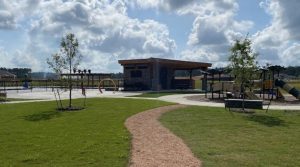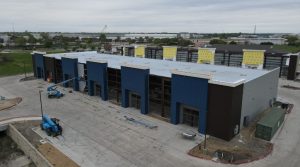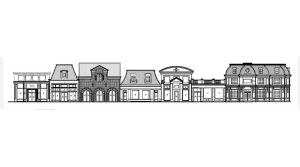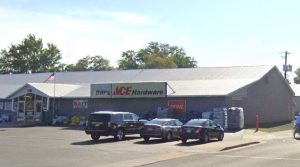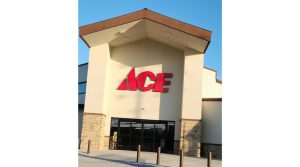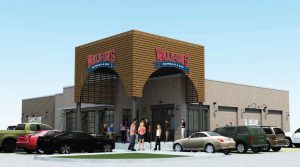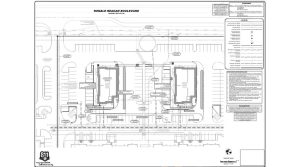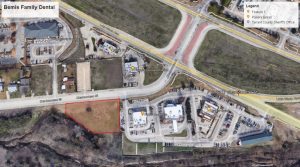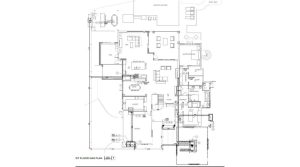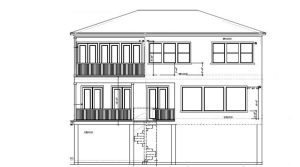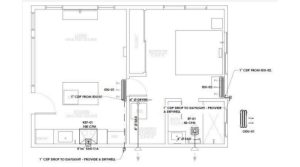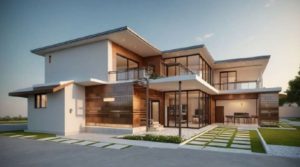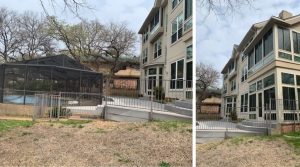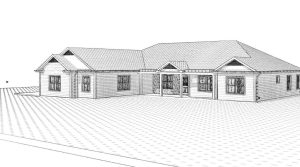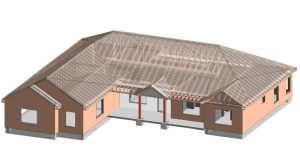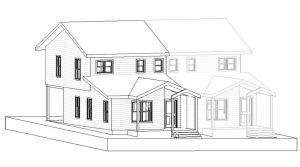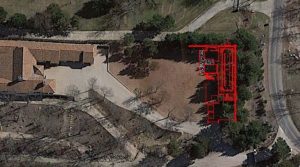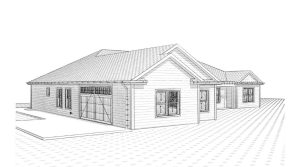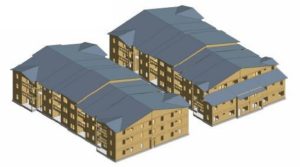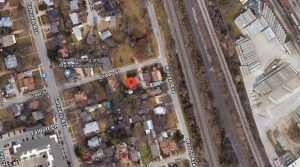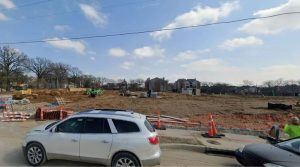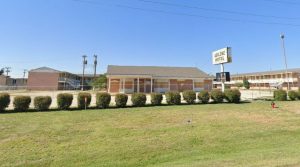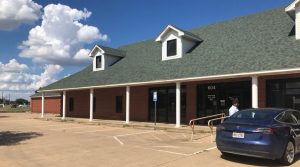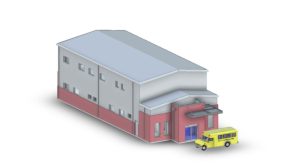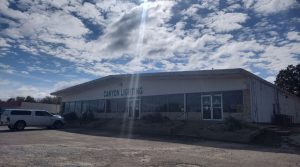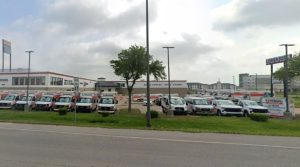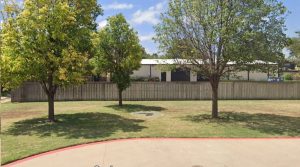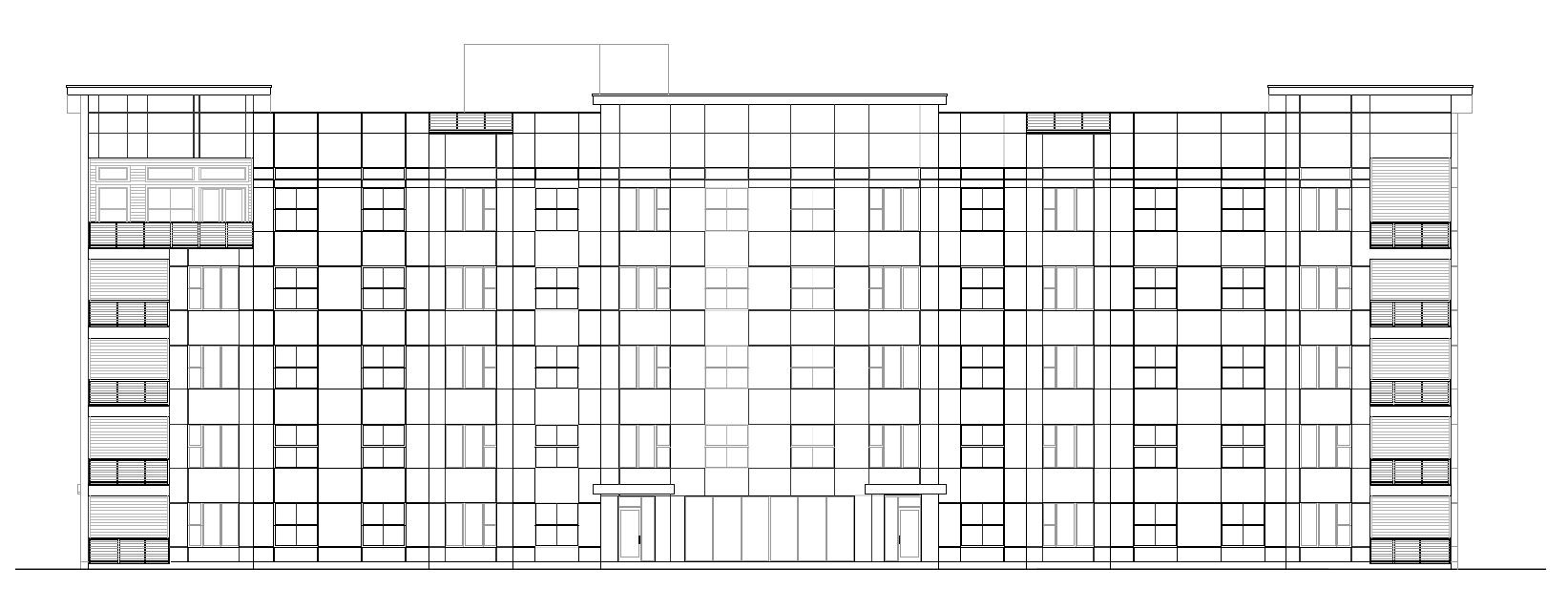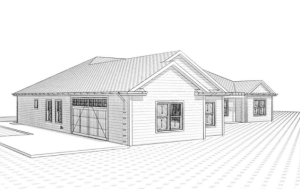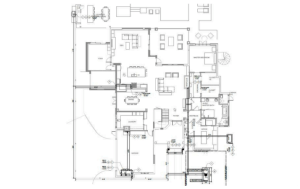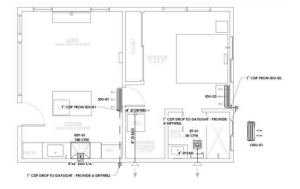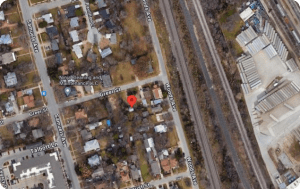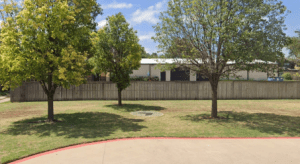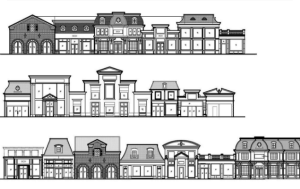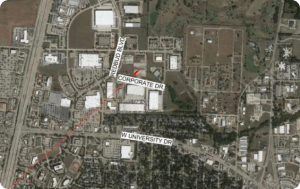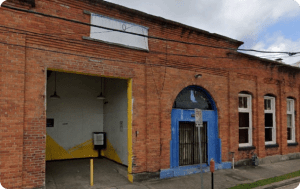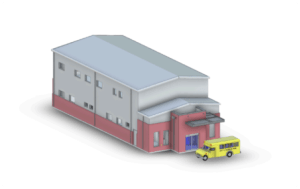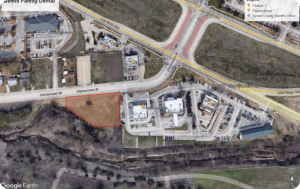Engineered for Safety: Industrial HVAC Strategies for Hazardous Environments
In the world of industrial facility engineering, HVAC systems are more than climate control. In hazardous work environments, they are life safety systems—engineered to protect workers, safeguard products, maintain compliance, and keep operations running.
From chemical processing to heavy manufacturing, HVAC in hazardous environments has to handle more than temperature and humidity. It must manage air quality, control airborne contaminants, maintain precise pressure zones, and ensure rapid response in emergencies.
This guide explores how HVAC design in industrial facilities can be engineered for safety while still balancing efficiency and operational reliability.
The Role of HVAC in Industrial Safety
In an office building, HVAC is about comfort and energy savings. In a hazardous facility, HVAC is a shield. It protects people from exposure to toxic gases, explosive vapors, dust, and pathogens.
Key functions of HVAC in hazardous environments include:
- Air Contaminant Control – Removing dangerous fumes, vapors, and particulates before they reach breathing zones.
- Temperature and Humidity Regulation – Ensuring processes that are temperature-sensitive stay stable.
- Pressurization Control – Preventing contaminated air from migrating into safe zones or vice versa.
- Emergency Response Support – Providing fast ventilation and purge capabilities during accidents.
Understanding Hazardous Industrial Environments
The term “hazardous environment” covers a range of facilities where airborne contaminants, temperature extremes, or pressurization issues can threaten health or safety. Common examples include:
- Chemical Manufacturing Plants – Exposure to volatile organic compounds (VOCs), corrosive vapors, or toxic gases.
- Petrochemical Refineries – Risk of combustible gases and explosive atmospheres.
- Pharmaceutical Cleanrooms – Need for contamination control to protect product purity.
- Food Processing Plants – Strict hygiene standards requiring air filtration and humidity control.
- Metalworking Facilities – Dust, fumes, and high heat from welding and cutting operations.
Each type of facility comes with its own design challenges, but the overarching goal remains the same—protect people, protect products, and protect the facility itself.
Best Practices for HVAC Design in Hazardous Environments
1. Conduct a Detailed Hazard Assessment
Design starts with understanding the risks. This involves:
- Identifying contaminants (chemical, particulate, biological)
- Assessing the concentration and exposure limits
- Understanding the hazard classification of each area (per NEC and OSHA)
- Evaluating process heat loads and temperature sensitivities
A good hazard assessment informs every other design decision, from filter selection to duct layout.
2. Use Hazard-Specific Ventilation Strategies
Ventilation is not one-size-fits-all in hazardous facilities. Engineers must select the right type of ventilation for each space:
- Local Exhaust Ventilation (LEV) – Captures contaminants at the source (e.g., fume hoods, welding exhaust arms).
- Dilution Ventilation – Adds fresh air to reduce the concentration of airborne hazards.
- Positive Pressure Zones – Used to protect clean areas from outside contamination (common in pharmaceuticals).
- Negative Pressure Zones – Contain hazardous air and prevent its spread to safe areas.
These strategies are often combined within the same facility.
3. Select the Right Equipment for Hazardous Areas
Equipment in hazardous zones must meet strict standards for safety and durability. Considerations include:
- Explosion-Proof Ratings – Per NFPA 70 and IEC standards, equipment must be designed to avoid ignition sources.
- Corrosion Resistance – For facilities with chemical vapors, HVAC components must resist corrosion.
- Sealed Electrical Components – To protect controls from airborne dust or vapors.
- Durable Construction Materials – Stainless steel and coated metals are often preferred for longevity.
4. Build in Redundancy for Safety-Critical Functions
A single point of failure in an HVAC system can be catastrophic in hazardous environments. Redundancy strategies include:
- Backup fans and blowers
- Dual filtration banks
- Parallel control systems with automatic switchover
- Redundant sensors for temperature, humidity, and air quality
This ensures the system keeps running even if one component fails.
5. Implement Advanced Filtration and Air Cleaning
Contaminants vary by industry, and so do filtration needs:
- HEPA Filters – Capture fine particulates at 99.97% efficiency.
- Activated Carbon Filters – Remove odors and volatile organic compounds.
- Chemical Scrubbers – Neutralize corrosive gases.
- UV-C Light Systems – Deactivate airborne microorganisms.
Multiple filtration stages are often necessary to handle a mix of hazards.
6. Design for Precise Environmental Control
Temperature and humidity play a role in both safety and process quality. For example:
- Too much humidity can lead to mold growth or corrosion.
- Too little humidity can increase static electricity, a risk in flammable environments.
- Certain processes require narrow temperature bands to maintain product integrity.
Advanced control systems allow operators to maintain conditions within tight tolerances.
7. Plan for Emergency Scenarios
Emergency purge systems can rapidly replace contaminated air with clean air. These systems must:
- Be accessible via manual activation and automated triggers.
- Use dedicated high-capacity fans and ducting.
- Operate even during partial power outages (often supported by backup generators).
Energy Efficiency Without Compromising Safety
While safety always comes first, industrial HVAC systems are large energy consumers. Energy-saving strategies include:
- Variable Frequency Drives (VFDs) – Adjust fan speeds to match ventilation needs.
- Heat Recovery Systems – Capture energy from exhaust air to precondition incoming air.
- Zoned Control – Supply ventilation and conditioning only where needed.
- Demand-Controlled Ventilation – Use sensors to adjust airflow based on contaminant levels.
These measures must be implemented carefully to ensure they don’t reduce safety margins.
Maintenance: The Critical Safety Layer
Even the best-designed HVAC system will degrade without proper maintenance.
Best practices include:
- Scheduled filter changes
- Regular inspection of ductwork for leaks or blockages
- Calibration of sensors and controls
- Testing of backup and emergency systems
- Continuous air quality monitoring with alerts
Many hazardous facilities adopt predictive maintenance, using sensors and analytics to catch issues before they cause downtime.
Case Study: Chemical Plant HVAC Redesign
A chemical processing plant faced recurring issues with vapor containment and high energy costs. The engineering team redesigned the HVAC system to include:
- Explosion-proof air handling units
- Segregated negative pressure zones for hazardous mixing areas
- Heat recovery wheels to reduce energy consumption
- Automated emergency purge systems tied to gas detection sensors
The result was a safer, more energy-efficient facility that met all OSHA and NFPA requirements while reducing operating costs by 18%.
Conclusion
In hazardous industrial environments, HVAC systems are as much about safety as they are about comfort. They protect people from dangerous contaminants, control sensitive processes, and maintain compliance with stringent regulations.
Effective HVAC design in industrial facility engineering combines deep hazard analysis, specialized equipment, redundancy, advanced filtration, and precise environmental control—backed by rigorous maintenance.
For expertise in designing safe and efficient HVAC systems for high-risk facilities, visit GDI Engineering’s Electrical Engineering Services.
